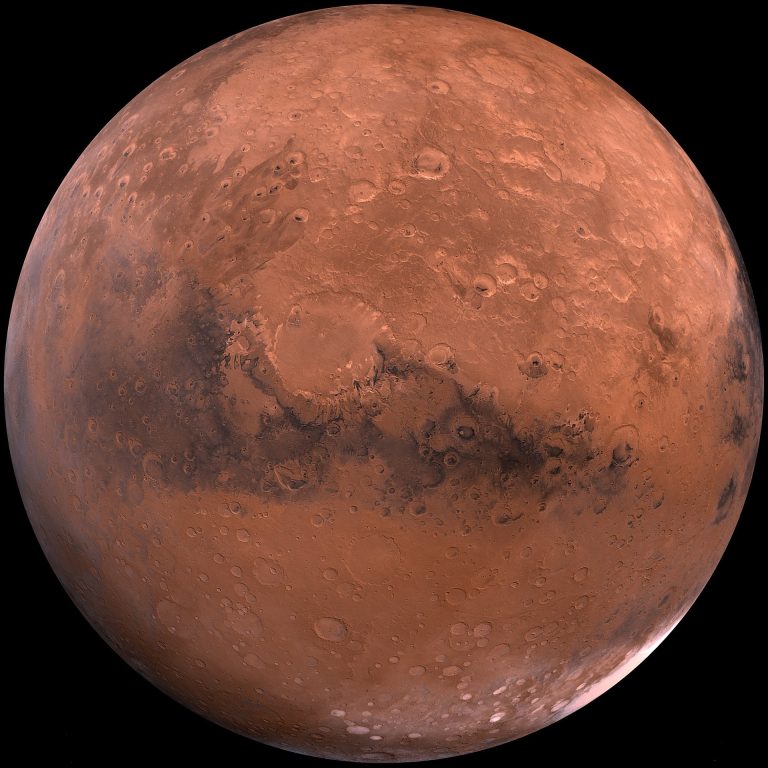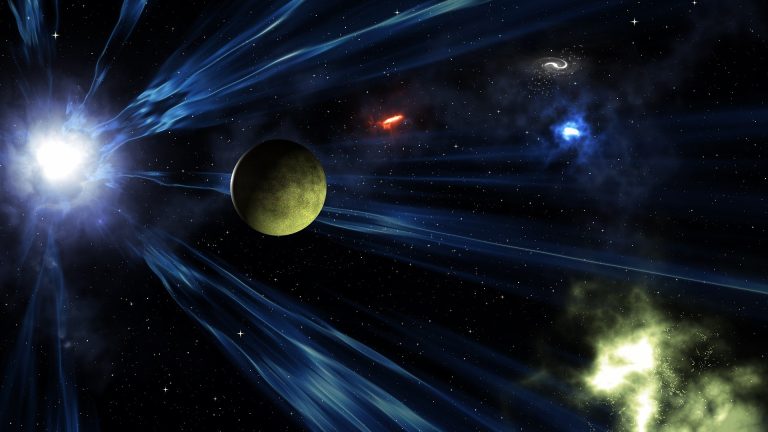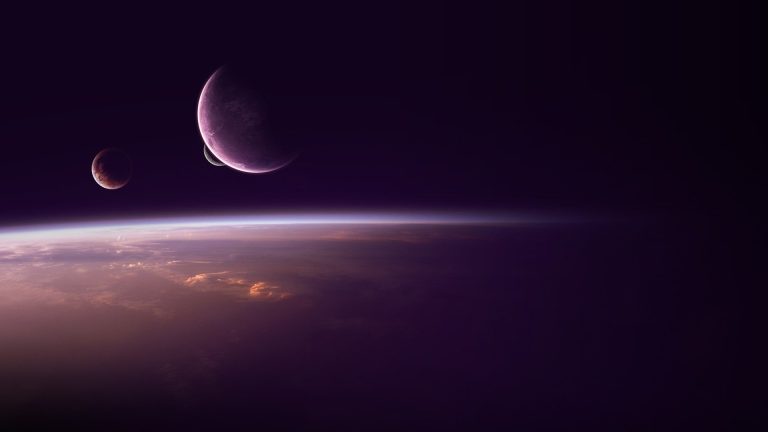Planetology: Exploring the Planets of our Solar System and Beyond
Introduction
Planetology, also known as planetary science, is a multidisciplinary field that encompasses the study of planets, moons, and other celestial bodies in our solar system and beyond. From understanding planetary formation and evolution to exploring the potential for life beyond Earth, planetology integrates knowledge from astronomy, geology, atmospheric science, biology, and chemistry. This article provides an in-depth exploration of planetology, covering its historical context, key concepts, planetary exploration missions, comparative planetology, astrobiology, and future directions in the study of planets.

Historical Development of Planetology
The study of planets has evolved significantly over centuries:
- Ancient Observations: Early civilizations observed and recorded the movements of celestial bodies, attributing mythological and astronomical significance to planets visible to the naked eye.
- Copernican Revolution: In the 16th century, Nicolaus Copernicus proposed the heliocentric model, placing the Sun at the center of the solar system and revolutionizing our understanding of planetary orbits.
- Scientific Exploration: The advent of telescopes in the 17th century allowed astronomers like Galileo Galilei to observe planetary features, such as Jupiter’s moons and Saturn’s rings, expanding our knowledge of the solar system.
Key Concepts in Planetology
Planetology encompasses fundamental concepts related to planets and their properties:
- Planetary Formation: Planets form from the gravitational collapse of dust and gas in protoplanetary disks around young stars, evolving through processes like accretion, differentiation, and impacts.
- Planetary Structure: Planets exhibit layered structures, comprising cores, mantles, and crusts, with variations in composition, density, and geological activity.
- Planetary Dynamics: Planetary interiors generate magnetic fields, experience tectonic activity, and undergo atmospheric processes influenced by internal heat and solar radiation.

Comparative Planetology
Comparative planetology involves studying similarities and differences among planets:
- Terrestrial Planets: Mercury, Venus, Earth, and Mars are terrestrial planets with solid, rocky surfaces, differentiated interiors, and atmospheres of varying compositions.
- Gas Giants: Jupiter and Saturn are gas giants composed mainly of hydrogen and helium, with dense atmospheres, extensive ring systems, and multiple moons.
- Ice Giants: Uranus and Neptune are ice giants with icy mantles surrounding rocky cores, characterized by unique magnetic fields, icy moons, and dynamic atmospheres.
Planetary Exploration Missions
Human and robotic missions have advanced our understanding of planets:
- Mercury: NASA’s MESSENGER mission provided detailed maps and data on Mercury’s surface, revealing volcanic plains, craters, and a magnetic field.
- Mars: NASA’s Mars rovers (Spirit, Opportunity, Curiosity, Perseverance) and orbiters (Mars Reconnaissance Orbiter, MAVEN) explore Mars’ geology, climate history, and potential for past or present life.
- Outer Solar System: Voyager 1 and 2, launched in the 1970s, provided close-up images and data on Jupiter, Saturn, Uranus, and Neptune, revealing their moons, rings, and magnetic fields.

Astrobiology: The Search for Life Beyond Earth
Astrobiology helps us to explore the potential for life beyond our planet Earth:
- Exoplanets: Astronomers use telescopes like Kepler and TESS to discover exoplanets orbiting distant stars, analyzing their size, composition, and potential habitability zones.
- Mars Exploration: NASA’s Mars missions search for biosignatures and evidence of microbial life in Martian rocks, sediments, and subsurface environments.
- Ocean Worlds: Moons like Europa (around Jupiter) and Enceladus (around Saturn) have subsurface oceans, potentially harboring microbial life beneath icy crusts.
Planetary Atmospheres and Climate
Planetary atmospheres influence climate and surface conditions:
- Greenhouse Effect: Venus’ thick atmosphere traps heat, leading to surface temperatures hot enough to melt lead, despite being farther from the Sun than Mercury.
- Mars’ Atmosphere: Mars’ thin atmosphere results in extreme temperature variations, low atmospheric pressure, and surface conditions inhospitable to liquid water.
- Earth’s Atmosphere: Earth’s atmosphere supports life, regulating temperature, shielding from harmful solar radiation, and cycling gases essential for photosynthesis and respiration.

Planetary Resources and Sustainability
Planetary exploration informs resource utilization and sustainability:
- Space Mining: Asteroid mining and lunar resource extraction could provide raw materials (metals, water) for future space missions and sustainable development.
- Planetary Protection: Preventing contamination of celestial bodies by spacecraft and protecting Earth from potential biological hazards brought back from other worlds.
Future Directions in Planetology
Future research in planetology will focus on advancing technology and expanding scientific knowledge:
- Exploration Technologies: Developing advanced spacecraft, rovers, and instruments for remote sensing, sample return missions, and in situ analysis of planetary surfaces.
- Life Detection Techniques: Enhancing techniques to detect biomarkers, biosignatures, and microbial life in extreme environments on Earth and other planets.
- Climate Modeling: Improving climate models to simulate planetary atmospheres, predict climate change impacts, and assess habitability of exoplanets.

Conclusion
In conclusion, planetology is a dynamic and interdisciplinary field that continues to unravel the mysteries of our solar system and the universe beyond. From understanding planetary origins and evolution to exploring the potential for life on distant worlds, planetologists contribute to humanity’s quest for knowledge and exploration.
As we embark on future missions to study planets, moons, and exoplanets, collaboration among scientists, engineers, and space agencies will be crucial. By advancing technology, fostering international partnerships, and promoting sustainable exploration, we can unlock new discoveries, inspire future generations, and expand our understanding of the cosmos.
This article provides a comprehensive exploration of planetology, covering its historical evolution, key concepts, planetary exploration missions, comparative planetology, astrobiology, planetary atmospheres, resources, sustainability, future research directions, and the significance of planetary science in understanding our place in the universe.

